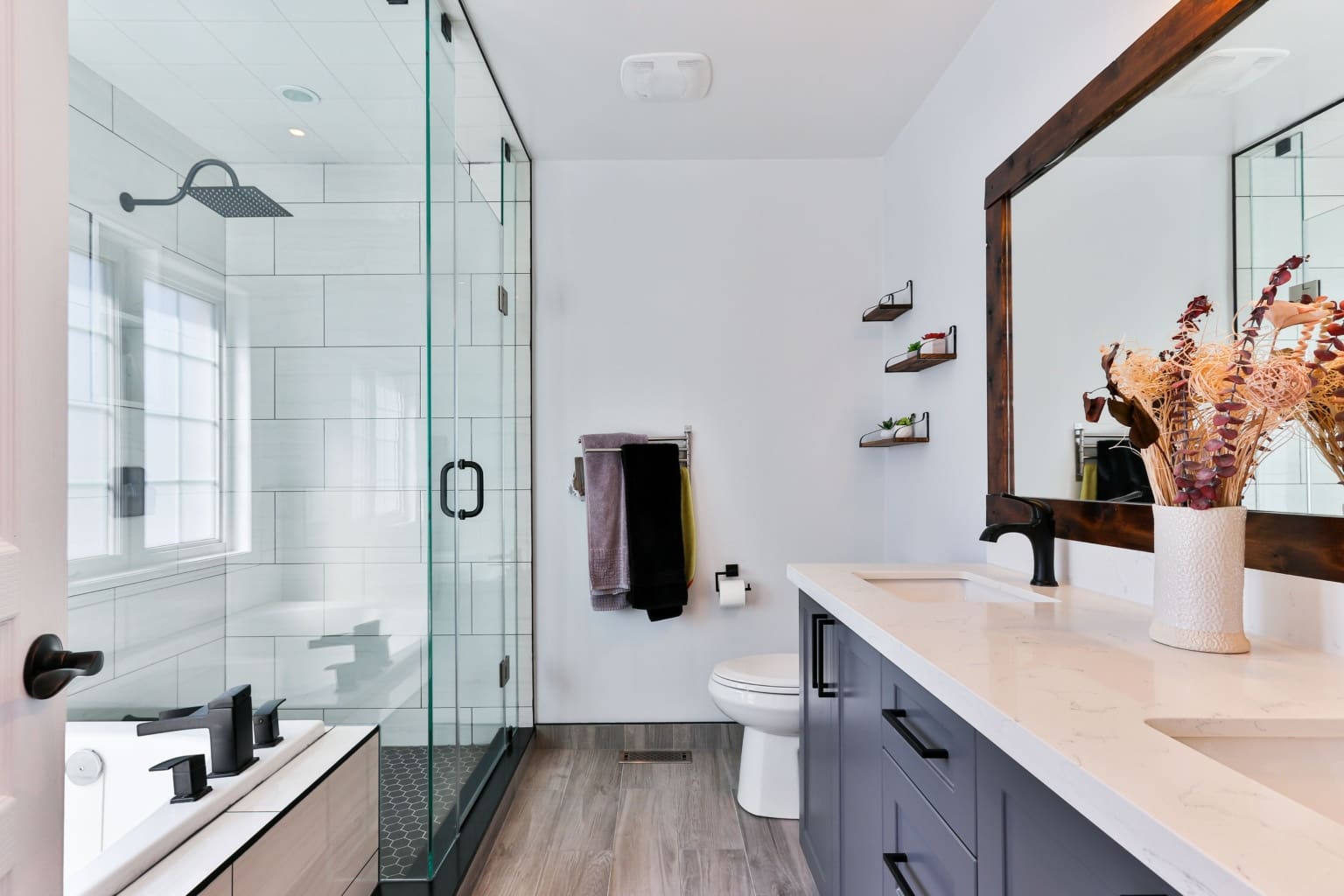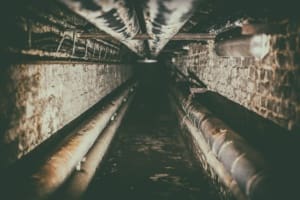Why the conventional approach to wastewater treatment and management is no longer sustainable


The toilet. The shower. The sink. All essential household fixtures that we rely on each day. And for the most part, they do their jobs well, operating quietly in the background of our busy lives. In the United States, we’ve developed a “flush and forget” mentality, which is to say we rarely think about what happens after we flush our toilets, or how clean drinking water magically appears from our taps.
In many ways, our collective lack of awareness around water and wastewater is an unintended consequence of an incredibly well-designed system. It makes sense that most do not take the time to learn about these systems; our infrastructure is highly complex, involving an intricate network of treatment plants, pipes, and underground systems. In many cases these water and sewer networks stretch for miles under our streets and throughout our walls, very literally out of sight and out of mind. As a result, we take these systems for granted and most people simply do not know about the extended journey that our water takes each day.
How wastewater treatment and management works
The conventional approach to wastewater management hasn’t fundamentally changed in centuries. It’s based on the centralized model of the municipal sewer network which relies on a labyrinthine network of underground pipes to collect and transport wastewater to a central treatment facility. Wastewater, commonly called greywater or blackwater in buildings, is the term for used water sent down our drains after we do our dishes, flush our toilets, or wash our clothes. Essentially, any fixture that uses water will produce wastewater. The approach for most buildings is to bring clean water in from the city’s municipal supply and then to dispose of the wastewater back into the city’s sewer networks. This is how we have designed our cities for almost 200 years, but as we know, a lot has changed in 200 years.

With growing populations and rapid urbanization, we have more demand for limited water supplies. Our infrastructure is rapidly aging and, in many cities, we continue to rely on pipes installed before the First World War. In fact, 15% of wastewater treatment plants nationwide have reached or exceeded their designed capacities. Unlike other essential infrastructure, repairs and upgrades to our water and sewer pipes is often more difficult and costly as it necessitates digging up streets which in turn impacts traffic.
So, let’s put the framework further into the context of the urban built environment. Picture a high-rise multifamily building. In the conventional setting, wastewater from each apartment travels down pipes and exits the building into the sewer network, ultimately flowing to a city’s centralized wastewater treatment plant. These centralized treatment plants are generally (and intentionally) located away from populations centers, and many miles away from the building itself. This means wastewater must navigate through old sewers where mishaps like leaks or broken pipe infrastructure are unfortunately an all-too-common occurrence. For wastewater that makes it to a municipal wastewater treatment facility, it is discharged into a nearby water source after treatment, such as a river, the ocean, or sometimes to replenish groundwater.
In this approach, the treated water is often unavailable for beneficial reuse in the communities where it originated. In other words, the current centralized system is largely based on a linear approach in which water is used once and then discarded. By contrast, Epic is advancing the idea of a circular approach — one where water is used and reused many times over.
The need for a changing tide
Water usage has become a central topic of conversation under the backdrop of pervasive drought, quickly aging infrastructure, and a rapidly changing climate that is disrupting historical predictability around our weather patterns.
We rely on water for everything and yet, all around the world we are experiencing the alarm bells of rising water insecurity — the levels of our nation’s largest reservoir dipped to a historic low, Cape Town in South Africa narrowly avoided disaster by everting its Day Zero scenario, and the western United States continues to grapple with unceasing and punishing drought. All of this begs the question: as populations grow and water-intensive industries follow suit to meet the increased demand, where are we going to get our water?

Enter the dark horse of water security: onsite water reuse.
A sustainable solution to water management
Onsite water reuse is the process of capturing wastewater and treating it locally to produce recycled water (or reclaimed water), then sending the treated water back into the building’s plumbing system for immediate reuse. While the treated water can be cleaned to levels that meet or exceed federal drinking water quality standards, it is most often used for non-potable (non-drinking) applications like toilet flushing, irrigation, clothes washing, ornamental water features or in HVAC cooling equipment.
Epic’s onsite wastewater treatment and reuse systems are custom designed to scale based on the building’s size and average daily water usage, ranging from a capacity of 5,000 gallons to 100,000 gallons of water per day. For reference, a 100-unit multifamily building will have a non-potable demand of roughly 5,000 gallons per day; to get up to 100,000 gallons demand per day, the building would be close to 2,000 apartment units.
Deploying these systems onsite creates a circular infrastructure that produces many benefits for owners, residents, and tenants alike. Our onsite water reuse systems can recycle up to 95% of a building’s wastewater; for residential buildings, the water reuse potential can reach as high as 50%. That means reduced water bills, lower sewer fees, minimized energy consumption, and overall less waste. A win for the owner, a win for the tenant, and a win for the environment.
When we stop and consider that most toilets are being flushed with drinking water, making the switch to recycled water for non-potable purposes just makes sense.

